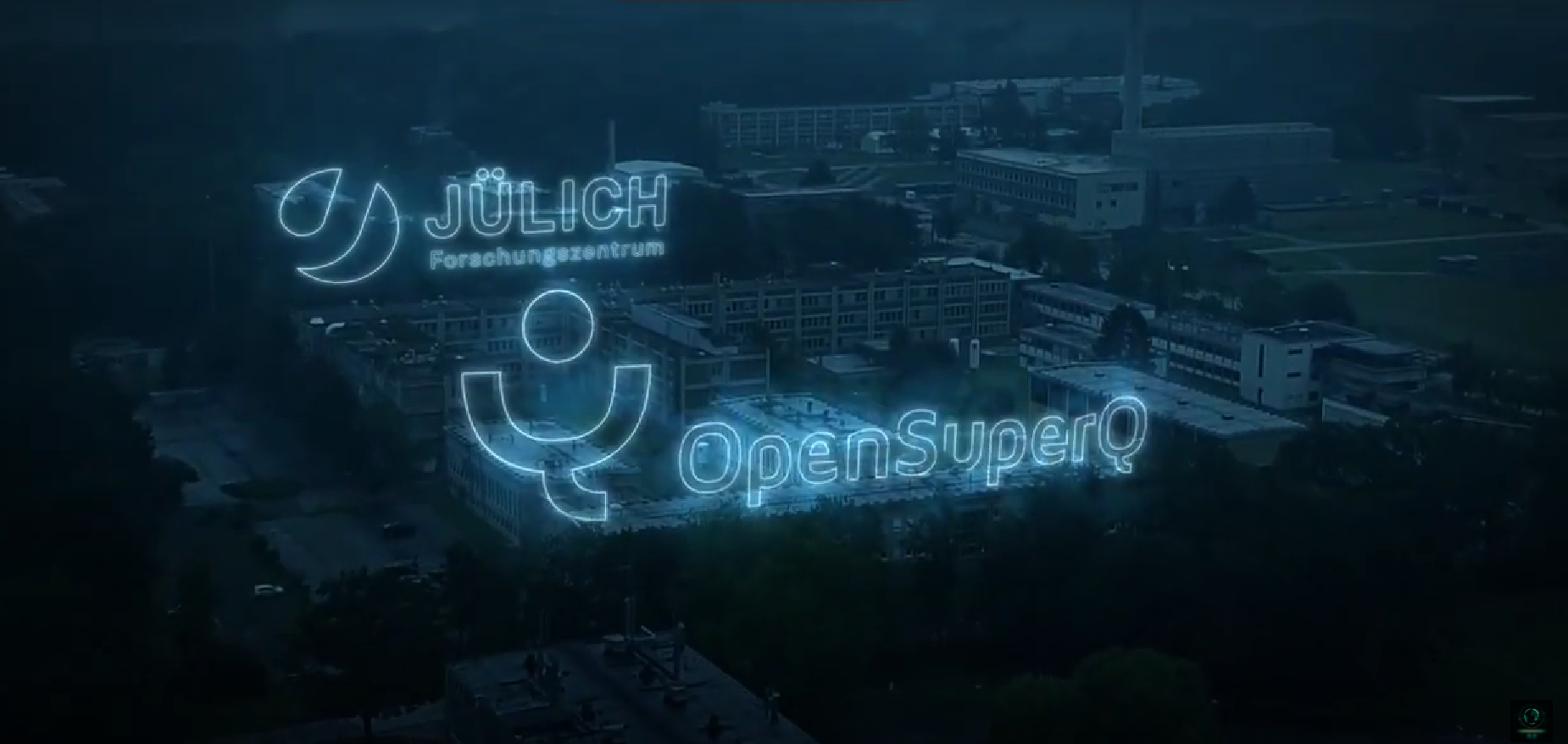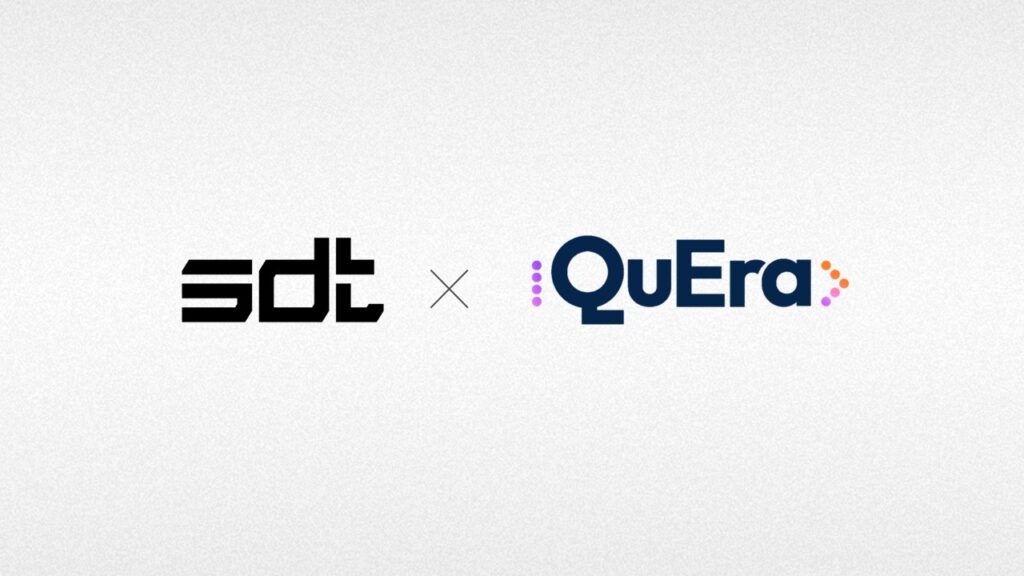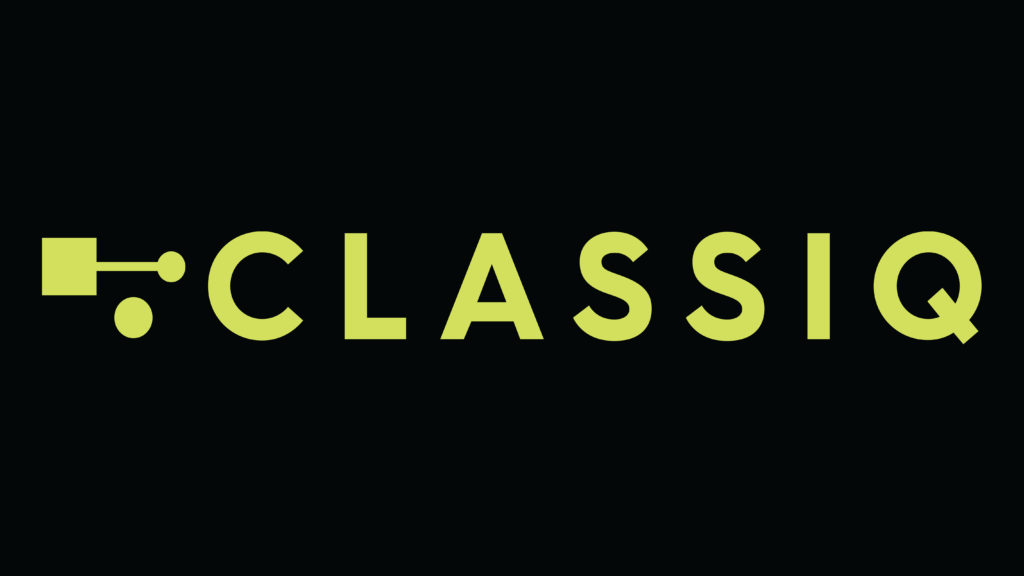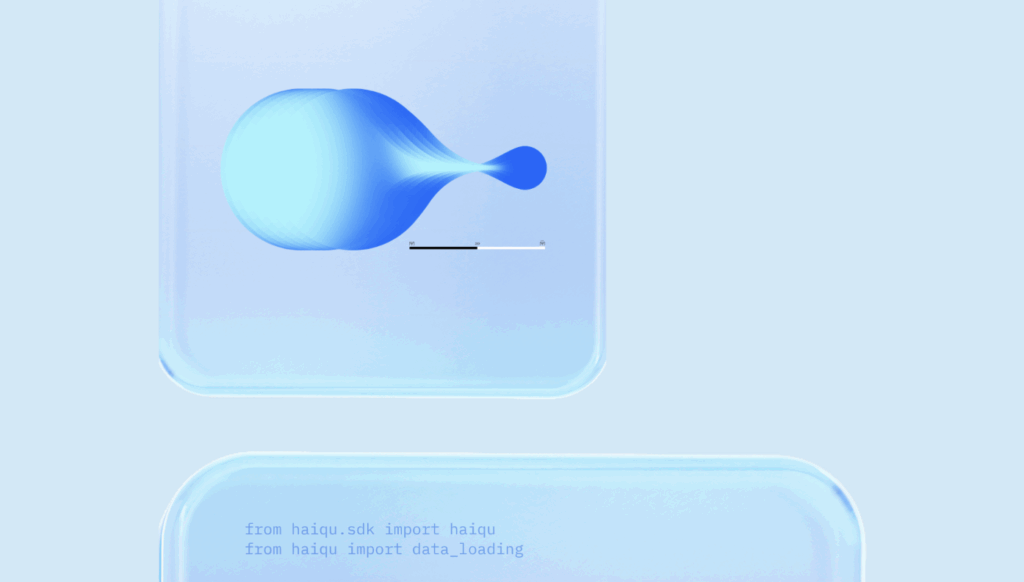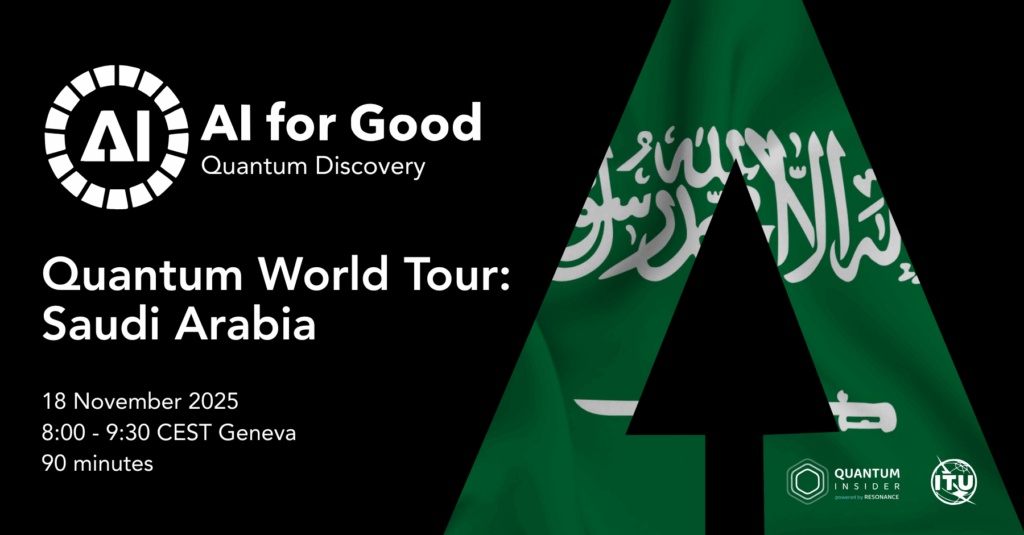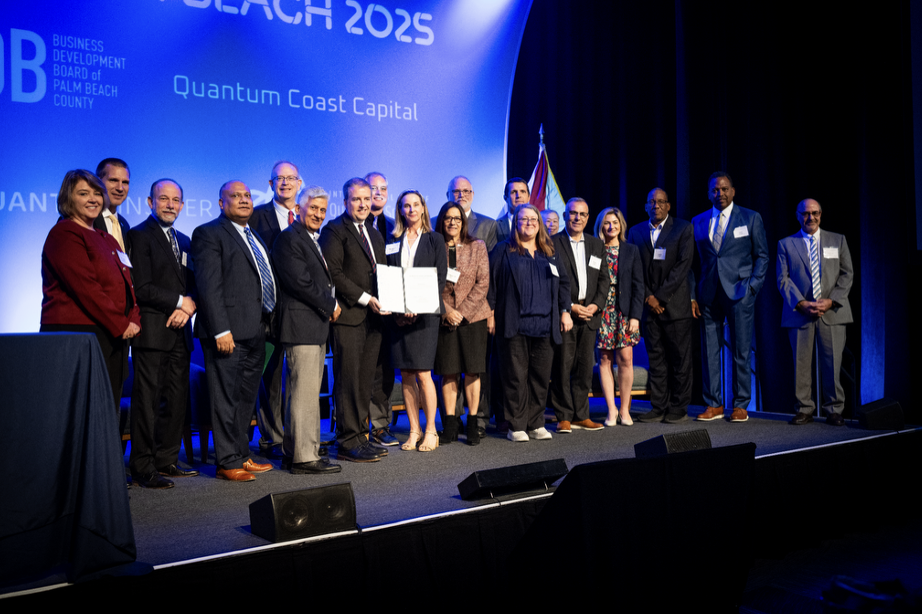OpenSuperQ
For quantum computing (QC) and quantum technology to develop as a sector, collaboration is key. The Quantum Insider’s very own Quantum Intelligence Platform details all of these partnerships. One such example is the OpenSuperQ project, an initiative that includes ten international partners from academia and industry involved in the European FET Flagship project. With the goal of designing, building and operating a quantum information processing system of up to 100 qubits and sustainably making it available at a central site for external users, this is definitely one project that has to excite all those interested in our industry.
In a recent video, Frank Wilhem-Mauch, OpenSuperQ’s Coordinator and Professor of Quantum and Solid State Theory at Saarland University, discussed the project, partners and roadmap.
“Best Minds”
“In the OpenSuperQ project, the great opportunity is that we have the best minds and the best researchers of Europe working together towards a common goal,” began Wilhem-Mauch. “We have a team of researchers building a quantum computer based on superconducting integrated circuits that are large enough to outperform classical computers at least in some tasks. So, in such a collaborative project, different kinds of organizations come together.
Wilhem-Mauch — who has been at Saarland University since 2011 — described that the central piece of the quantum computer prototype is housed in a cryostat that uses liquid gases to bring these systems down to a temperature very close to absolute zero. (-273 °C/ 0° Kelvin).

One of OpenSuperQ’s partners is Bluefors, a Finnish company that manufactures ultra-low temperature dilution refrigerator measurement systems.
Bluefors
Dr. Russell Lake of Bluefors discussed how Bluefors contributes to the project:
“Bluefors manufactures dilution refrigerator measurement systems that are used to operate quantum devices at temperatures far below one Kelvin and we are a key component provider for some of the state-of-the-art quantum computing experiments around the world. We are especially proud to support the development of a working high-performance quantum computer prototype right here in Europe as an OpenSuperQ partner.”
One of the big challenges, Lake highlighted in the video, is to sending and receiving a lot of signals to and from the cryogenic environment.
“What Bluefors is doing,” Lake went on, “is to build scalable, modular and high-density wiring infrastructures that can be used to solve these problems. The integration of the wiring infrastructure with the core cryogenic technology is so important in the experiments such as the one being done annually.”
According to Wilhem-Mauch, the elements on the bottom of the cooling setup houses the quantum processing unit, where the actual quantum bits are sitting. These come from, he explained, OpenSuperQ’s partners at ETH, the Swiss Federal Institute of Technology.
“Around the quantum processing unit, you will see immediate connecting elements that come from our partner at the Chalmers University of Technology, another partner.
Chalmers University of Technology
“With OpenSuperQ, my team has developed the superconducting quantum processor as an integrated circuit,” said Associate Professor Jonas Bylander of Chalmers University of Technology. “There is a lot of physics and microengineering and fabrication technology. We have achieved two-qubit gates with fidelity in excess of 99%. It’s a technical requirement. It’s a very good number that will allow us to scale up to many qubits and run a quantum processor We are measuring a multi-qubit quantum processor in the lab right now.”
VTT
VTT Technical Research Centre of Finland is yet another partner. Nils Tiencken of VTT Technical Research Centre of Finland, explained how VTT contributes:
“Superconducting qubits are rated at temperatures only a fraction of a degree above absolute zero. And so, the more or the small amounts of added noise can destroy the information. To determine which qubits are zero and which are one with traditional room temperature equipment,” Tiencken continued, “we first need to amplify this very weak readout signal as close to the qubit as possible. Therefore, VTT is developing so-called “travelling wave parametric amplifiers” which operate at such low temperatures and also get close to the fundamental fundamentals of added noise.”
Tiencken said that in principle these devices transfer energy from a much stronger pump current to this weak signal, while both of these waves are travelling along a chain of superconducting elements with nonlinear characteristics.
“And in this way,” he added, “already a single device can amplify the signal of multiple qubits by a factor of 100 which then helps to make the interpretation of quantum computer results faster and more light.”
Wilhem-Mauch added that it’s all connected by filtered separate microwave wires which are made by a Low Noise Factory, a Swedish company.
“This filtering is really important to keep the temperature from outside out of the system,” said Wilhem-Mauch. “Next to the cryostat, we have the electronics rack, which contains equipment made by our partners Zurich instruments.”
Wilhem-Mauch clarified how this takes the commands and the programs that are coming from the programmer and translates them into the signals that the quantum hardware can process that are not more complicated.
“It also synchronizes the various signals and it takes the signals coming out of the cryostat and puts them into a form that the users can use,” said OpenSuperQ’s Coordinator.
Zurich Instruments
Moritz Kirste, an Application Scientist at Zurich Instruments, did a further deep-dive into what his company is doing as part of the wider OpenSuperQ project.
“Zurich Instruments is responsible for the development of room temperature electronics and the control and measurement software of the quantum computer,” Kirste began. “Any quantum computer needs in addition to the quantum device, classical electronics and classical programming of these electronics to control the device. Since 2018, we offer the first commercially available quantum computing control system that combines these electronics with the software.”
In the project, Kirste declared, Zurich Instruments is developing a new instrument for feedback into the system, new instruments for controlling and measuring the qubits with low noise and high fidelity and new software that enables scientists to do fast bring up frequent calibration and customization of their system.
“Combining all these tasks,” he added, “we are developing a quantum computing control system, which not only scales to large qubit numbers, but it allows researchers and engineers to focus on the quantum processor while they are benefiting from the most advanced classical control electronics and software.”
University of the Basque Country
Another contributor to the project is the University of the Basque Country in Bilbao, Spain. The university is building software development infrastructure that is connected off-site.
Mikel Sanz, a specialist in Microwave Quantum Technologies and Architectures at the University of the Basque Country, illustrated how his university is helping:
“Much like a classical computer, a quantum computer comprises hardware and software components. At this level, we have both classical software layers which manage to control the quantum computer.
Sanz said that quantum algorithms, composed of quantum gates, are at the core of quantum computation.
“They are a set of instructions, which exploit quantum properties such as entanglement and superposition to speed up information processing. An important issue to remark is that not every algorithm can be accelerated in a quantum computer, so finding suitable applications is a key objective at OpenSuperQ. Within the consortium, we have explored applications in finance, quantum machine learning and quantum chemistry among others,” Sanz added.
OpenSuperQ — whose other partners include EURICE — European Research and Project Office, Forschungszentrum Jülich and Eidgenössische Technische Hochschule Zürich — is well on target for achieving a quantum computing system of up to 100 qubits.
We live in exciting times. In 2023, The Quantum Insider will keep you informed on this project and others like it.
For more market insights, check out our latest quantum computing news here.

